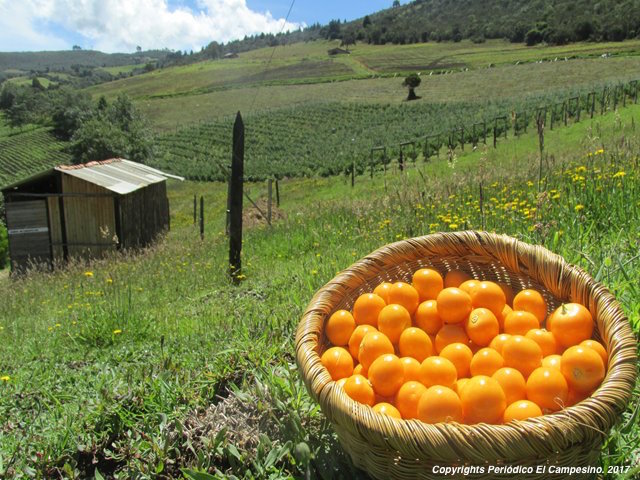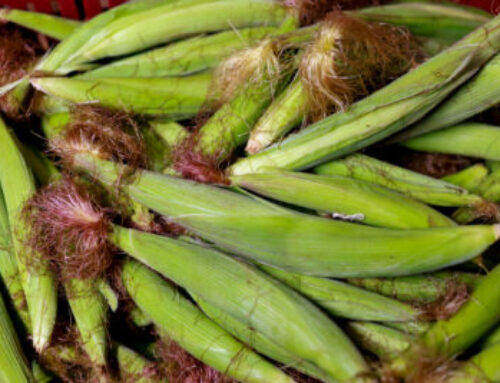The growth of cold chain in Colombia: a key driver for boosting the agricultural sector
Colombia is becoming a world leading exporter of fruit and also has a strong and growing domestic demand for fruit and vegetables. According to FAO, in terms of numbers of cultivated hectares of fruit, Colombia is third in Latin America, after Brazil and Mexico, with 921,000 ha. which represents around 12% of the country`s arable land. However, in terms of production, it is ranked fifth. While bananas and flowers have always been a driver of exports, fresh fruit is seen as key to growth in the coming years, given the ever-increasing exports in the segment.
Colombia is a country with comparative advantages for fruit and vegetable cultivation, with a range of different climates and altitudes that facilitate a broad variety of crops and constant year-round production, but it faces important challenges with regards to logistics, such transport infrastructure, and a weak cold chain infrastructure.
According to the Global Cold Chain Alliance, in 2014 Latin America had just 2.46% of the total global refrigerated warehouse capacity (460,000,000 m3), of which Colombia had just 7% of that small regional percentage (0,85 million m3), which is almost three times less than Mexico. Then, of the total capacity built in Colombia, just 40% is dedicated to third-party logistics. Most of the cold storage capacity is concentrated in urban centers, focused on the management of perishables in the last mile of distribution, such as supermarkets and logistics operators. The cold chain in rural agricultural production areas is low, with few exceptions.
With a similar context as Kenya, one important driver of the country’s agricultural cold chain development has been the fresh cut flower export industry, where Colombia is positioned as one of the biggest exporters. The Colombian flower industry has created a strong strategic sector with a growing cold chain, working from harvest areas to transport terminals. However, the cold chain for other temperature-controlled foods, such as fruit and vegetables, has not yet advanced to the same level.
Colombia’s export trends over the last few years show the flower industry has led perishable exports with 50% of the total, but the rest of agroindustry accounted for only 12%, according to Procolombia’s 2014 statistics[1]. This market participation is changing due the increased global demand for tropical fruits and vegetables, such as avocado, uchuva, and passion fruit, for which Colombia is starting to compete, and it is incentivizing the growth of the cold chain in agricultural production. At the end of 2016, fruit exports, excluding bananas, had increased 56.4% year-on-year, largely driven by the strong performance of Hass avocados and pineapples, items that reported export revenue increases of 182% and 241% respectively[2], when compared to 2015.
Colombian agro-exporters are becoming more and more aware of the importance of constant controlled temperature to ensure the quality required by foreign markets. In response they are starting to build cooling facilities closer to production points and seeking to reduce transportation time. The challenge remains that much of the current fruit export is only in small volumes due to the difficulty of consolidating shipments that can fill full containers. The reasons for this include inconsistent production levels of certain varieties, quality levels, and market accessibility.
On the other side, many farmers still believe refrigeration is not their own responsibility but that of the off-taker, so cooling facilities are not among their top priorities. For this reason a large proportion of fresh agricultural produce is exposed to ambient temperatures for hours, affecting the quality delivered. Another factor that affects the spread of the cold chain is the limited availability of cooling technologies, most of which are oriented to large-scale operations.
The low distribution of the cold chain translates into high losses in perishable goods such as fruit. The loss can reach 40%, of which 20% to 25% is due to cold chain logistics practices, especially during postharvest management and during transit from farms to the traders/exporters.
With the agriculture sector seeking ways to boost production and increase output, many eyes are on Colombia’s fruit sector, which has the potential to deliver big returns, but it still requires higher standards. For this reason, the development of a cold chain plays an important role.
Some of the recommendations from the GCCA for the region are to increase knowledge of appropriate management of perishable products and cold chain, increase energy efficiency in cooling through good usage practices and using efficient cooling technology, more distribution centers with cooling facilities, and increased third-party logistics services providing cooling, freezing storage and refrigerated transport.
Sources:
[1] Procolombia. Cartilla Cadena de Frio. 2014. http://www.procolombia.co/sites/all/modules/custom/mccann/mccann_ruta_exportadora/files/06-cartilla-cadena-frio.pdf
[2]Oxford Business Group. Fruit Drives Growth in Colombia’s Agriculture Sector. 2017. https://oxfordbusinessgroup.com/analysis/bearing-fruit-fruit-segment-expected-be-key-driver-growth



